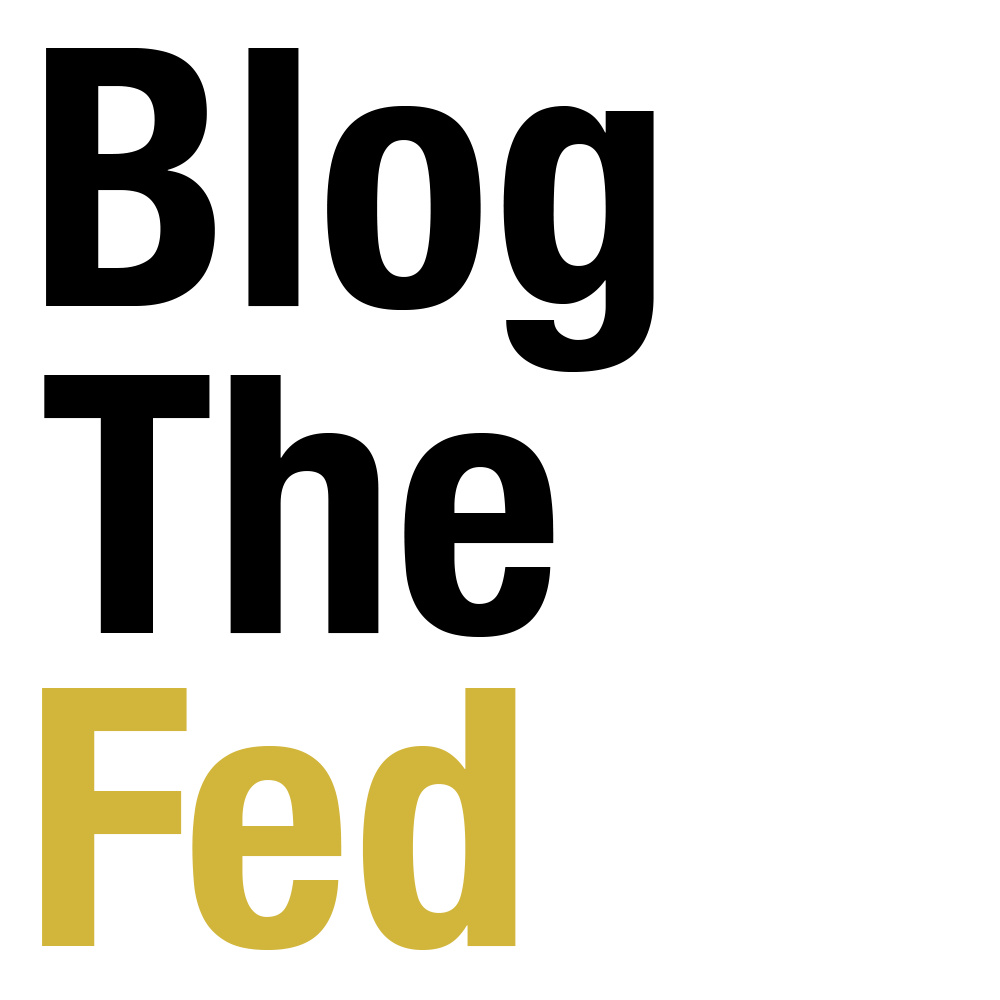Monetary policy isn’t just about interest rates but the delicate dance of expectations and reality. In my recent op-ed for The Hill, I delve into how Federal Reserve Chair Jerome Powell’s messaging creates paradoxical outcomes that influence everything from inflation to financial markets.
The op-ed has sparked meaningful discussions, including this insightful summary from Market News International’s Pedro Nicolaci da Costa on Twitter:
“Ex-NY Fed’s @Econ_Rick argues the Fed is stuck in a weird communications loop where premature hints of easing beget greater inflation which then require rates to stay higher for longer.”
I explore “The Powell Paradox,” where the Federal Reserve’s messaging unintentionally works against its own goals. The Chairman’s comments about potential rate easing inadvertently sometimes lead to increased market risk-taking, driving up asset prices and loosening financial conditions. These reactions fuel inflationary pressures, forcing the Fed to keep rates higher for longer to regain control.
The paradox underscores the challenges of aligning monetary policy with market expectations in a complex economic landscape. In a world where perception shapes reality, Powell’s paradox offers a critical lesson: communication isn’t just a tool—it’s a powerful force that can shape markets, economies, and lives.
The Fed should adapt its messaging strategy to avoid these unintended consequences. By addressing these unintended consequences, the Central Bank can refine its strategies and better align its actions with its goals.
